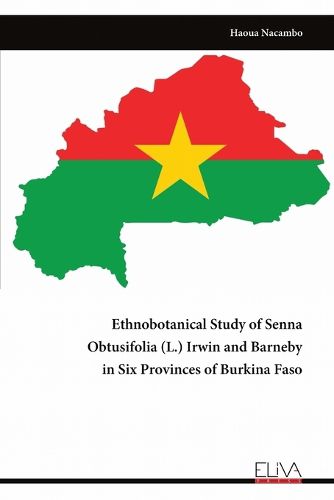Readings Newsletter
Become a Readings Member to make your shopping experience even easier.
Sign in or sign up for free!
You’re not far away from qualifying for FREE standard shipping within Australia
You’ve qualified for FREE standard shipping within Australia
The cart is loading…






Senna obtusifolia L., also known as foetid Cassia in French, Sicklepod in English and Katr-nanguri in Moore, is a plant that contributes to improving nutritional quality, food security and health protection for rural populations. However, very few studies have been devoted to it in Burkina Faso. Such neglect would lead to the erosion of its genetic resources. The general aim of this study is to contribute to a better understanding of Senna obtusifolia L. in Burkina Faso, and to lay the scientific foundations for its conservation, development and genetic improvement. In order to achieve this objective, an ethnobotanical study, followed by a collection of accessions, were carried out. The ethnobotanical study collected endogenous knowledge about the plant. The survey unit was the household. Fourteen ethnic groups were interviewed in 237 households. The species is used in both food and traditional medicine. It is also a source of income for the local population. Phenomena of synonymy, use of the same name by two or more ethnic groups and unexplained names were observed in the local nomenclature of the plant. 132 accessions were collected from the spontaneous population.
$9.00 standard shipping within Australia
FREE standard shipping within Australia for orders over $100.00
Express & International shipping calculated at checkout
Senna obtusifolia L., also known as foetid Cassia in French, Sicklepod in English and Katr-nanguri in Moore, is a plant that contributes to improving nutritional quality, food security and health protection for rural populations. However, very few studies have been devoted to it in Burkina Faso. Such neglect would lead to the erosion of its genetic resources. The general aim of this study is to contribute to a better understanding of Senna obtusifolia L. in Burkina Faso, and to lay the scientific foundations for its conservation, development and genetic improvement. In order to achieve this objective, an ethnobotanical study, followed by a collection of accessions, were carried out. The ethnobotanical study collected endogenous knowledge about the plant. The survey unit was the household. Fourteen ethnic groups were interviewed in 237 households. The species is used in both food and traditional medicine. It is also a source of income for the local population. Phenomena of synonymy, use of the same name by two or more ethnic groups and unexplained names were observed in the local nomenclature of the plant. 132 accessions were collected from the spontaneous population.